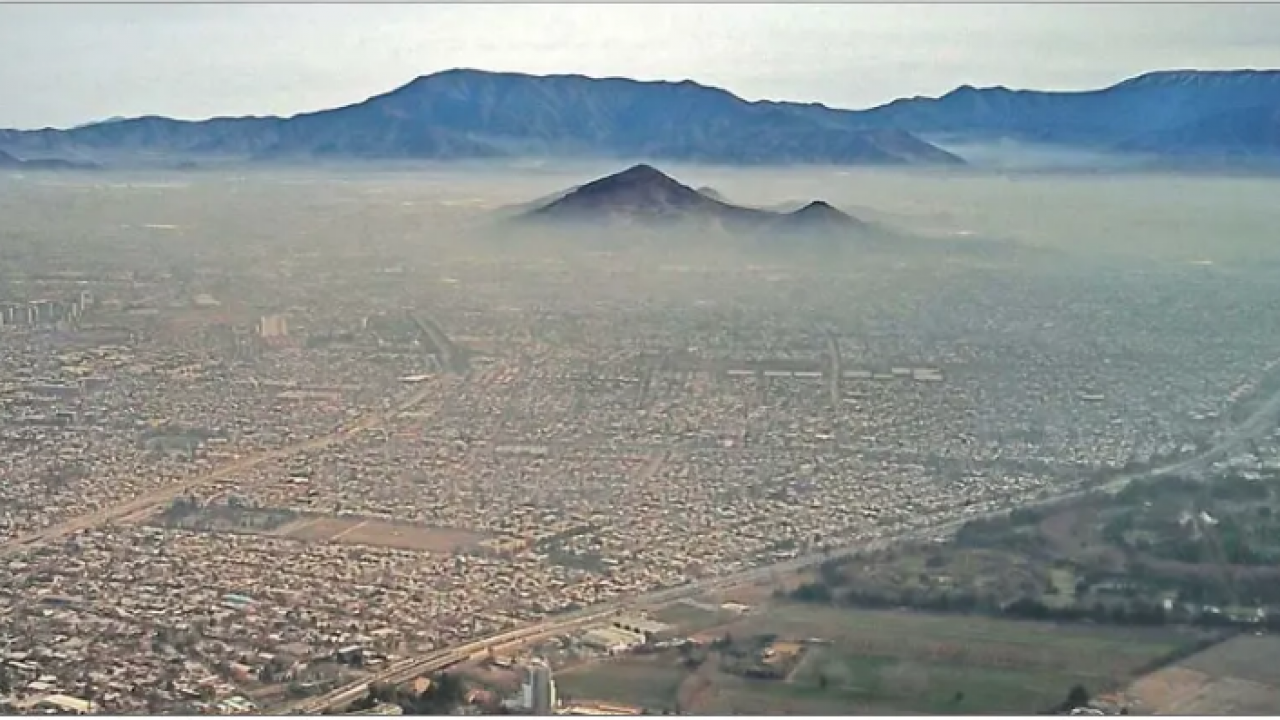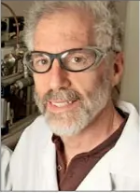
NASA’s project MAIA will be launched in 2022: The satellite will measure air toxicity would be able to monitor Chile
By Richard García, El Mercurio newspaper
As from 2022 Chile could form part of a satellite project which will monitor the concentration, characteristics and toxicity of atmospheric pollution in different parts of the world.
It is the NASA Multi-Angle Imager for Aerosols (MAIA) whose aim is not only to deliver scientific data, but also to benefit public health, since it will provide key information about particulate material which, when in high concentrations has been linked to cardiac and respiratory problems.
“Its aim is to help the world’s major cities to face atmospheric pollution,” explains Anthony Wexler, Director of the Air Quality Research Center, at UC Davis to “El Mercurio”. This institution will be responsible for collecting information from 300 monitoring stations which are complementary to the satellite.
The condition for Chile’s participation in the project is that stations which can measure the chemical composition of particulate material, be installed on the ground. “This is important, because it will give us clues as to the pollution’s origin and what should be controlled,” states Wexler. “In Chile only the concentration of the particulate matter is monitored, not the chemicals present,” he points out.
Wexler formulated his proposition to the authorities of the Ministry of the Environment and the regional government of Valparaiso during a journey he made to Chile last week. On that occasion he also met with entrepreneurs and academics and visited some of the most polluted areas of the country.
The reason for the monitoring stations on the ground, is that although the satellite can perform its own measurements, it also requires an equivalent of the same on earth in order to corroborate the information and thus avoid over or underestimating the concentrations of chemicals detected.
“I explained this to the Ministry of the Environment who understood and said they would work on this. We hope to be able to see some progress over the next months,” assured the UC Davis academic. The intention is to install at least two stations, one in Santiago and the other in the area of Puchuncavi-Valparaiso.
With the information obtained about the particulate material (PM 2.5) and according to the quality of the sample, it will be possible to determine the toxic chemical substances and establish risk levels as well as the toxicity of the air sample, specified Francisco Cereceda, Director at the Center for Environmental Technology at the Federico Santa Maria University (Valparaiso city) who met with Wexler.

“Particle pollution is one of the main causes of death throughout the world. NASA intends to monitor the greatest number of cities possible in order to face this problem.”
ANTHONY WEXLER, Director at the Air Quality Research Center, UC Davis
National analysis
After his trip through Chile, Wexler also made a diagnosis of the environmental situation, arriving at the conclusion that there are four main problems: air pollution in Santiago, especially from trucks, cars and buses; pollution existing from Rancagua to the south due to burning wood and fossil fuels in people’s homes; industrial pollution from coal, especially in Puchuncavi and Quintero, and pollution from mineral dust on city streets, particularly in Antofagasta.
In the case of Santiago, he acknowledged that whilst registers have been improving, there is still room for yet more improvement. “Air pollution is still a health problem for Santiago,” he asserted. In his opinion the only possible solution is to stop releasing fossil fuels and to use electric vehicles.
Regarding the issue of burning wood in stoves, he says that the ideal solution would be to replace wood by other fuels such as natural gas or electricity, but that this has a cost. “For this reason, every effort should be made to improve insulation, especially in doors and windows. In this way, less heating would be required, thus generating less pollution.”